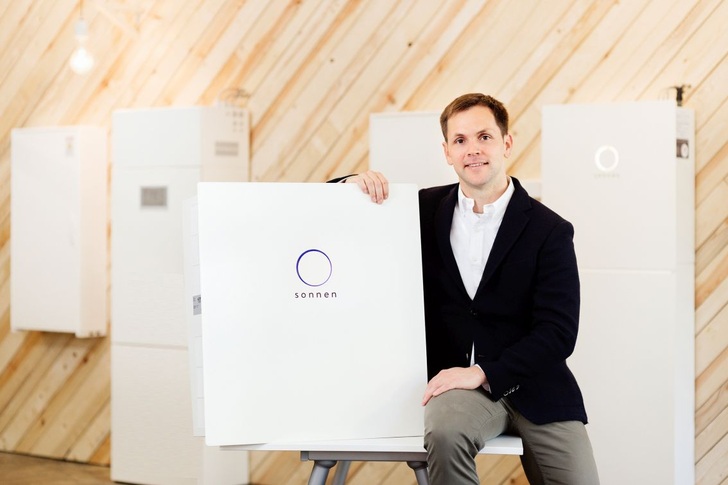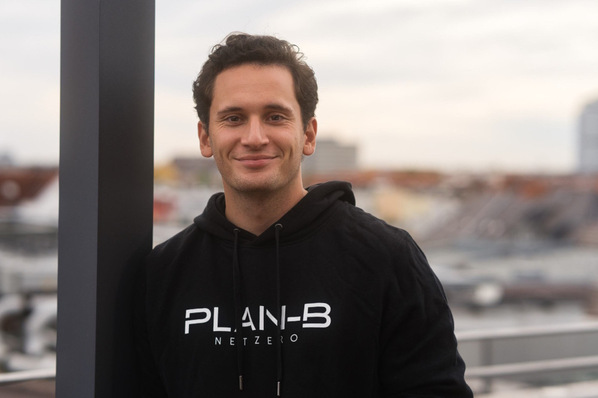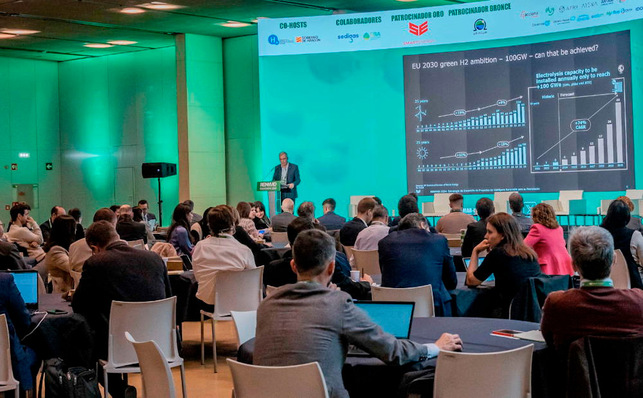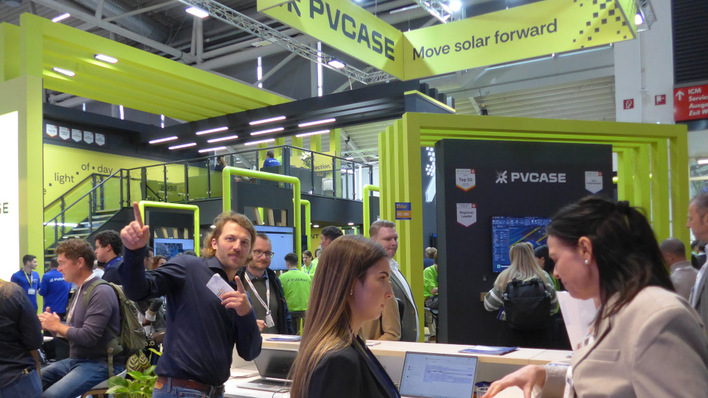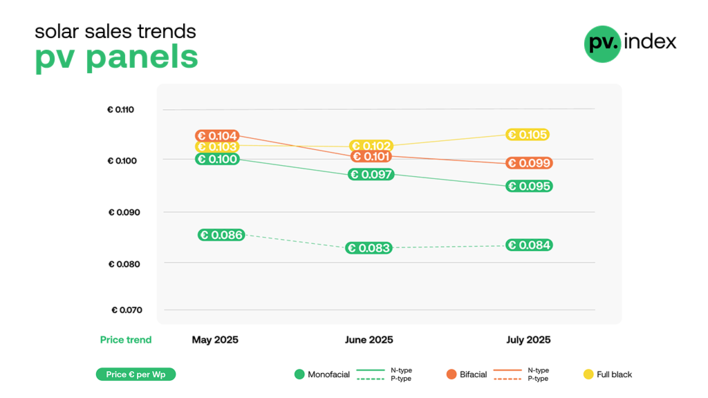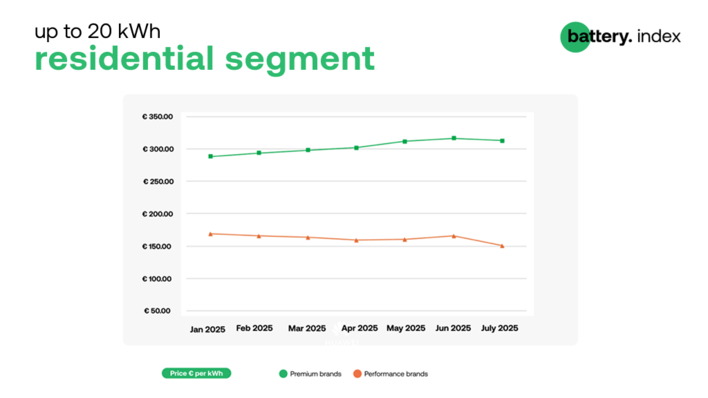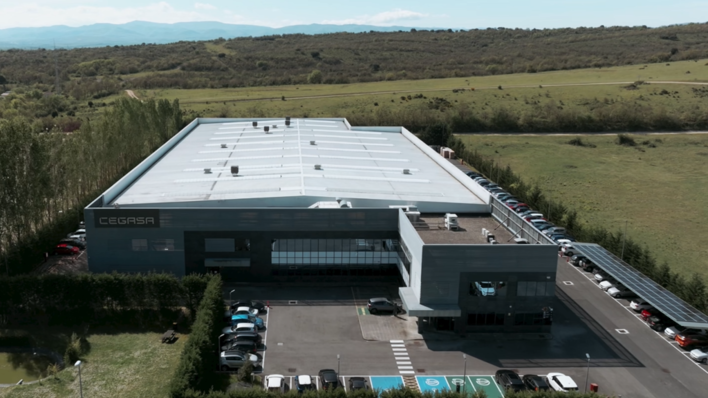This year, the Intersolar was very much focussed on electricity storage. How did it go for Sonnen?
Philipp Schroeder: Very well. This year, we sold 200 solar storage units right from our stand. That is more than ever before at a trade fair. Our new hybrid system and the commercial storage units went down a storm. So far, we have only featured AC-coupled systems, but with our SonnenBatterie Hybrid we are now offering a storage system which can also be DC-capable. By now we ship about 800 units per month. In the first quarter of this year alone, we sold a total of 2,600 storage systems, even though the German market has not really got going until March – as a result of delays in the KfW programme.
Just before the Intersolar, General Electric from the US came on board as partners of Sonnen. How much capital did the Americans put in?
GE Ventures now holds eight percent of shares. Together with other investors, they invested an eight-figure sum. And there is more to come, which is why we are not releasing concrete figures. But of course, having the world’s largest technology group involved can set an important signal.
Sonnen is already active in the US. Does GE help with sales there?
GE buys storage systems from us, just like any other customers. But that is independent of their involvement as investors and partners. On the other hand, this investor does help us by making connections to interesting business partners.
The capital that was raised will be invested in further growth. What exactly are you planning?
Within the next two or three years we are hoping to become a one-stop-shop for installing companies. We are already offering domestic and commercial storage units, AC- or DC-coupled, for 50 or 60 Hertz, certified for the EU or according to UL. Also, there are other energy products that we make available to our customers as part of the Sonnen Community. That is now paying off, because our storage customers are now also wishing to become a part on the Sonnen Community.
With the Community you are going away from simply supplying storage units. Basically, Sonnen is acting as an energy provider. Why are you doing that?
We do not want to sell storage as if it were a commodity, where the only thing that matters is volume and margins. That is how LG operates: The Koreans exclusively go through wholesalers. That works for them, because storage units are complementary to other electronics products which are marketed in a similar fashion. The downside is that LG does not know most of their customers. We, on the other hand, would like to build a contractual relationship with our customers. Only then can we use the load profiles and usage data to offer additional electricity plans to our customers or develop new services. We can monetise such services, because we are in a business relationship with our customers – for years or even decades.
What services could that be?
Together with our Swiss partner Swisscom, for instance, we are integrating SonnenBatteries into grid control by including them in the balancing energy market. There the storage units assist in stabilising the grid frequency. They can take in or give off electricity within milliseconds. Swisscom also has 6,500 customers who have heat pumps, which can also be used to stabilise the grid. The heat pump is partly controlled by our battery. We split the proceeds from the primary balancing energy – about 150 euros per year – with our community customers.
The heat pump creates a link between electricity and heat generation. How important will that become?
The SonnenBatterie has always been equipped with a standard interface for attaching a heat pump so that it can be supplied with solar electricity. For now we offer special thermostats to our Sonnen Community customers that allow them to lower their heating costs. This is controlled by the SonnenBatterie. This way we can not only give our customers complete independence from their previous electricity supplier, but also make them an attractive offer for heat services.
The Sonnen Community was set up in February. Meanwhile it is also available in Switzerland, and from this coming autumn also in Austria. Do you intend to introduce this model worldwide? And would that not cause friction with GE in the US?
For the time being we will limit it to Europe. This year we will also offer the Community model in Italy. Just in April of this year, we sold about 400 SonnenBatteries there. Sure, we cannot maintain such figures all the time, but Italy is an interesting market. Last year, there was no market for lithium storage in Italy, they were overwhelmingly installing lead batteries.
Sonnen is already active in the US, developing the storage market. How challenging is that?
In the US there are 50 independent energy markets, because every state has their own energy regulations: In California, trading in electricity is practically impossible. Texas, on the other hand, has almost no regulations, so anything is possible. In March, our turnover for the United States was higher seven figures. Generally speaking, the SonnenBatterie is a little bit more expensive in the US compared to Germany, because people there usually demand that their storage unit comes with back-up capability in case of power cuts, whereas in Germany, we offer this function as an optional extra. That is why the storage units and inverters there are usually larger than here. An output of 1.8 kilowatts do not get you anywhere over there.
How will the US market develop?
In that states of California, Hawaii and New York, lucrative funding programmes for electricity storage are in place. We expect the US to become the largest market for storage in the world. Tesla’s having bought the major installing company Solarcity, actually benefits us, as that way the Powerwall will mostly be sold through them. Independent installing companies will therefore more likely come to us and use SonnenBatteries.
To the other side of the Pacific: Australia is also seen as a promising market. What have you experienced there?
The Australian market is just now warming up; it is not as established as the US. Nevertheless, we still invested there and established a sales office in Sydney. We were able to partner up with True Value Solar, the largest installing company there. In recent years, Australia has mostly seen the setting up of smaller solar installations to move the expensive load peaks from the middle of the day into the afternoon. Because of the demand for air conditioning, the noontime prices for electricity are very high. Now, the load peaks in the afternoon create an economical opportunity for storage. As the solar generators are relatively small in Australia, there usually is only a demand for small storage units – between two and four kilowatt hours. In the US we are talking more in the area of eight to ten kilowatt hours. In the suburbs at least, solar installations are used mostly for peak shaving.
Nevertheless, there should also be a strong market for larger systems in Australia. It seems to me only a matter of time until that gets going...
In rural and sparsely populated areas of Australia demand will develop in a way similar to the US, I agree. After all, here it is also all about back-up systems with higher storage capacities of the batteries and inverters with greater output. That is for customers living in the outback. So far, however, smaller systems are driving the market.
The interview was conducted by Heiko Schwarzburger.
Did you enjoy reading the interview “In energy storage business you have to know your customers, says Philipp Schroeder from Sonnen”? Also, discover, what Dr Matthias Vetter of Fraunhofer ISE or Santiago Senn, director of LG Chem Europe on pv Europe had to say about innovation in storage systems, markets and distribution and what Andreas Pipenbrink, CEO at E3/DC predicts on prices.


